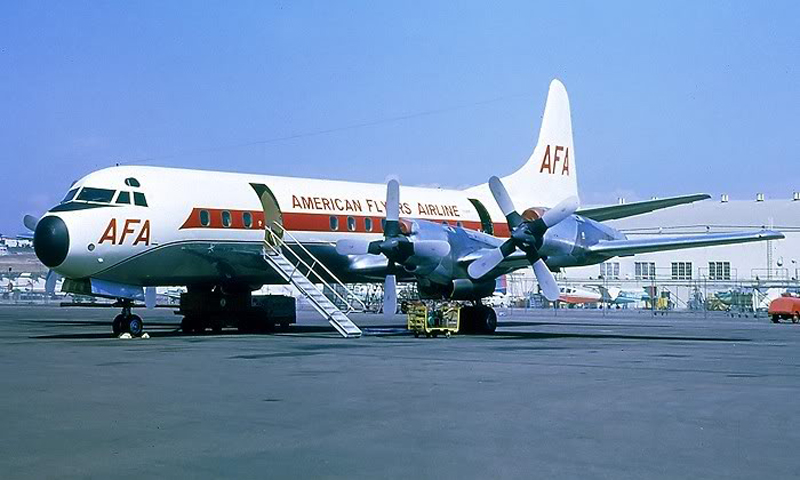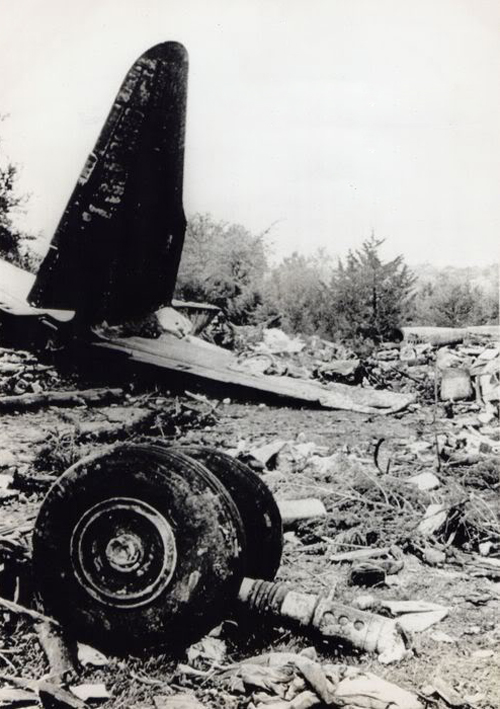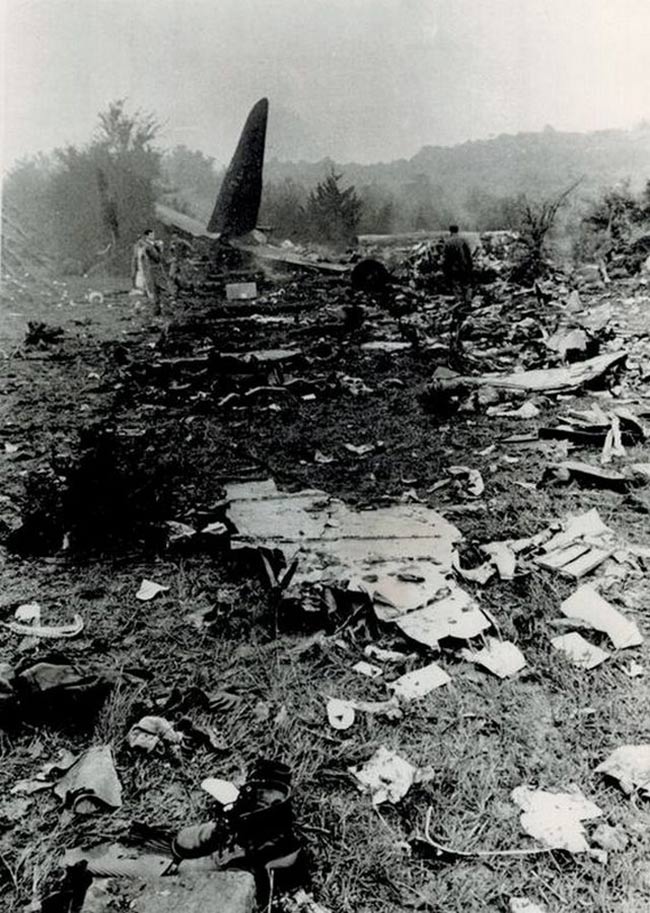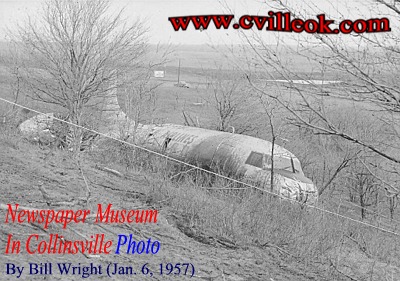Crash of a Lockheed L-188C Electra in Ardmore: 83 killed
Date & Time:
Apr 22, 1966 at 2030 LT
Registration:
N183H
Survivors:
Yes
Schedule:
Monterey - Ardmore - Columbus
MSN:
1136
YOM:
1961
Flight number:
AFA280D
Crew on board:
5
Crew fatalities:
Pax on board:
93
Pax fatalities:
Other fatalities:
Total fatalities:
83
Captain / Total hours on type:
1247.00
Copilot / Total hours on type:
1155
Aircraft flight hours:
4019
Circumstances:
The aircraft departed Monterey Airport, California, on a charter flight to Columbus, Georgia, with an intermediate stop at Ardmore Municipal Airport, Oklahoma, carrying 93 US soldiers and a crew of five on behalf of the Military Air Command. Following an uneventful flight from Monterey, the crew started the descent to Ardmore Municipal Airport by night and marginal weather conditions. An ADF instrument approach to runway 08 was abandoned and the crew decided to follow a visual approach to runway 30. While descending to runway 30 in poor visibility, the captain (also PIC) suffered a heart attack. The aircraft commenced an uncontrolled descent slightly banked to the right until it struck the ground and disintegrated about 1,5 mile short of runway 30. All five crew members and 75 passengers were killed while 18 others were seriously injured. Few hours later, three of the survivors died from their injuries.
Probable cause:
The Board determined the probable cause of this accident was the incapacitation, due to a coronary insufficiency, of the pilot-in-command at a critical point during visual, circling approach being conducted under instrument flight conditions. The Board was concerned by the fact that the pilot-in-command has an established medical history of cardiovascular disease and diabetes mellitus, both of which are disqualifying for the issuance of a first-class medical certificate, and that he deliberately falsified his application for this certificate.
Final Report:













